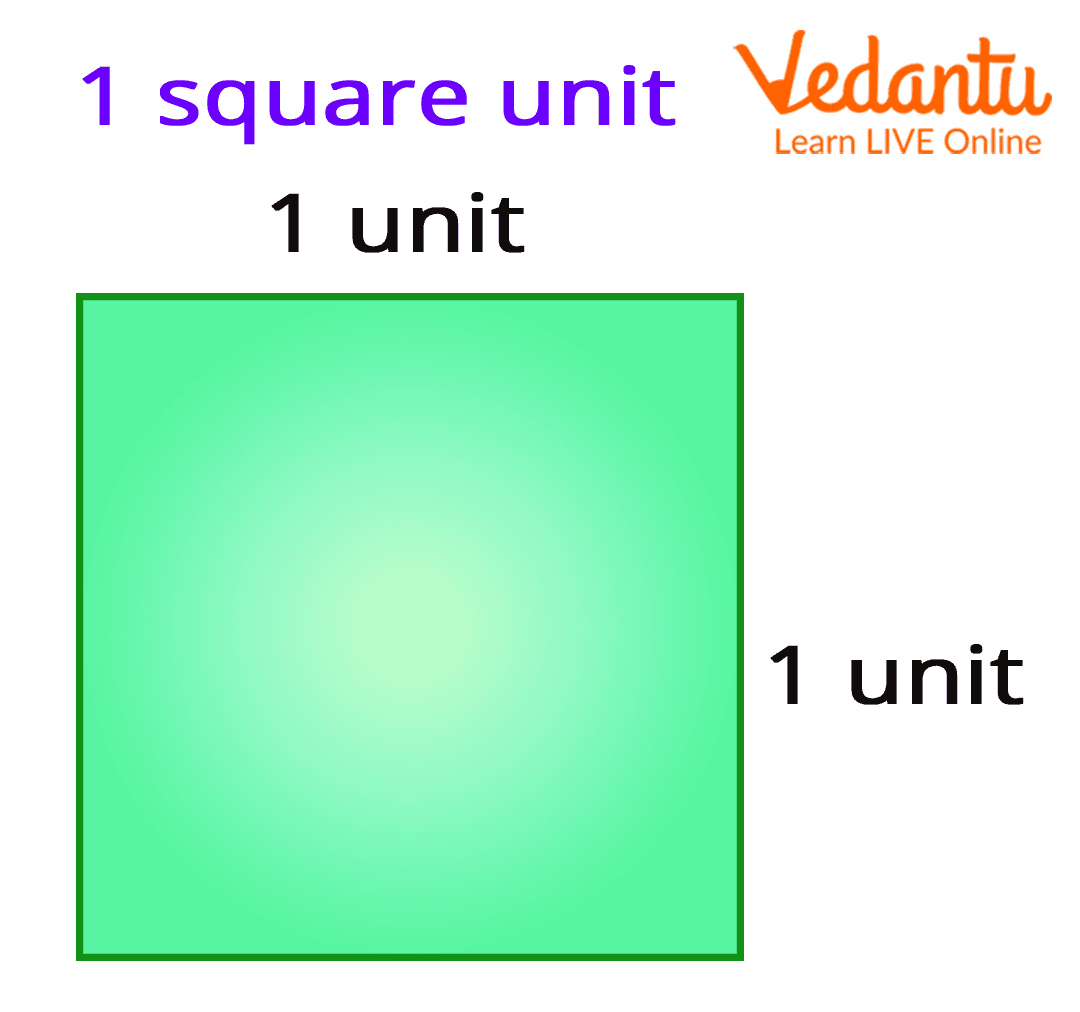When it comes to plumbing and water management systems, maintaining the integrity of the components is crucial for ensuring efficient operation and longevity. One such component is the PVC reducer, specifically the 2 to 1.5 PVC reducer, which is commonly used in various applications, from irrigation systems to drainage setups. This article explores practical maintenance tips to keep your PVC reducer in optimal condition, ensuring it functions effectively and lasts for years.
Understanding the Role of a PVC Reducer

A PVC reducer is a fitting that connects two pipes of different diameters, allowing for a smooth transition and maintaining the flow of fluids. The 2 to 1.5 PVC reducer is specifically designed to connect a pipe with a diameter of 2 inches to one with a diameter of 1.5 inches. Its applications can range from residential plumbing systems to industrial settings, making its maintenance vital for preventing leaks and ensuring system efficiency.
Common Issues with PVC Reducers
Before diving into maintenance tips, it’s essential to understand the common issues that can arise with PVC reducers:
- Leaking Joints: Improper installation or aging can lead to leaks, which can compromise the entire system.
- Cracking: Exposure to harsh environmental conditions can cause PVC to become brittle and crack.
- Blockages: Accumulation of debris can lead to clogs, affecting the flow of water.
- Misalignment: Over time, the fittings may become misaligned, causing stress on joints.
Regular Inspection and Maintenance
One of the most effective ways to ensure the longevity of your PVC reducer is through regular inspection and maintenance. Here are some tips to follow:
1. Routine Visual Inspections
Conduct visual inspections of the PVC reducer and surrounding pipes at least once every six months. Look for:
- Signs of wear and tear, such as discoloration or surface damage.
- Visible cracks or breaks in the reducer.
- Any signs of leaks or water pooling around the joints.
2. Check for Proper Alignment

Ensure that the reducer is correctly aligned with the pipes it connects. Misalignment can create undue stress on the joints, leading to premature failure. Adjustments can often be made by hand, but in some cases, more significant realignments may be necessary.
3. Cleanliness is Key

Keeping the reducer clean is vital for preventing blockages. Here’s how you can maintain cleanliness:
- Regularly remove any debris or sediment buildup around the exterior of the reducer.
- Flush the pipes periodically to ensure no blockages are forming within the system.
- Use a soft brush or cloth to clean the exterior surfaces without scratching the PVC.
Leak Prevention Techniques
Leaks can be detrimental not just to your plumbing system but also to your home or business. Here are some techniques to prevent leaks:
1. Use Proper Adhesives
When installing or repairing your PVC reducer, always use high-quality PVC cement that is appropriate for the pipe sizes involved. This ensures a strong bond that can withstand pressure.
2. Seal Joints with Plumber’s Tape
Applying plumber’s tape to the threads of the pipes before connecting them can provide an extra layer of protection against leaks. This is especially useful in threaded connections.
3. Monitor Pressure Levels
Excessive pressure can lead to leaks and ruptures. Regularly check the pressure levels in your plumbing system to ensure they remain within safe limits. Should you notice higher-than-normal pressure, consider installing a pressure regulator.
Environmental Considerations
Understanding the environmental factors that can affect your PVC reducer is essential for effective maintenance. Here are some considerations:
1. UV Exposure

While PVC is generally resistant to corrosion, prolonged exposure to UV rays can cause it to degrade over time. If your PVC reducer is exposed to sunlight, consider using UV-resistant paint or protective coverings.
2. Temperature Fluctuations
Extreme temperatures can cause PVC to expand and contract, leading to cracks. If your reducer is in an area with significant temperature fluctuations, consider insulating it or using heat tape during colder months.
Case Studies: Successful Maintenance Practices
Let’s explore a couple of case studies that highlight successful maintenance practices for PVC reducers.
Case Study 1: Residential Irrigation System
A homeowner in California experienced frequent leaks in their irrigation system due to aging PVC reducers. After conducting a routine inspection, they discovered several cracks. They replaced the reducers and implemented a bi-annual inspection schedule. By cleaning the system and checking for proper alignment regularly, they significantly reduced the incidence of leaks and prolonged the life of their irrigation system.
Case Study 2: Industrial Water Management

An industrial facility faced recurring blockages in their water management system. After analyzing the issue, they found that debris was accumulating in the reducers. Implementing a monthly cleaning schedule and installing strainers upstream of the reducers drastically improved flow rates and reduced maintenance downtime.
Maintaining your 2 to 1.5 PVC reducer is essential for ensuring optimal performance and longevity. Regular inspections, proper cleaning, and leak prevention techniques are critical components of effective maintenance. By understanding the common issues that can arise and implementing the tips outlined in this article, you can extend the life of your PVC reducer and enhance the efficiency of your plumbing system. Remember that proactive maintenance can save you time, money, and prevent potential disasters down the line. Equip yourself with the knowledge to care for your plumbing components, and your systems will operate smoothly for years to come.






